The General's secret order and the lightning-fast sea crossing to liberate Truong Sa
In April 1975, while five armies were rapidly advancing into Saigon, a silent attack force was setting sail. Under the special order of General Vo Nguyen Giap, the sixth army launched the campaign to liberate Truong Sa, marking a strategic turning point, affirming Vietnam's sovereignty over the sacred sea and islands. Truong Sa - from now on is not just an island, but the flesh and blood of the Fatherland.
The 6th Army "speeds" to the sea
In the last days of March 1975, at the "General Headquarters" of the Ho Chi Minh campaign, although eagerly following every step of the advance of the troops that were rapidly advancing straight into Saigon, General Vo Nguyen Giap still paid special attention to the sea, towards the islands of the Truong Sa archipelago occupied by the Army of the Republic of Vietnam.
In his memoir “General Headquarters in the Spring of Victory”, the General devoted a whole chapter to the event of “liberating Truong Sa” and called it “a special event that took place outside the original strategic plan”. It was the direction of the Politburo, the Central Military Commission and the General Command to liberate the islands of the Truong Sa archipelago, which were occupied by the Saigon puppet army, a sacred territorial sea of the Fatherland with a very important strategic position in terms of economy and military. The General affirmed: “If we were slow, allowing other countries’ armies to invade here, the situation would be very complicated. The biggest difficulty was having to capture the islands with the small naval force at that time. On the East Sea front, actions must also be “Fast, bold, unexpected, and sure to win”.

Song Tu Tay was the earliest island liberated among the islands in Truong Sa on April 14, 1975. Photo: TT
Faced with developments on the mainland, on the afternoon of April 4, 1975, the General issued secret order No. 990B/TK to Political Commissar of Military Region 5 Vo Chi Cong and Commander Chu Huy Man emphasizing: " Timely carry out the capture of islands in the South China Sea, especially the islands of Nam Sa (we call it Truong Sa). This must be prepared urgently and secretly, only for responsible officers to know". This order was immediately implemented. Military Region 5 and the Navy Command deployed the combat plan.
The forces of Military Region 5, along with a fleet of ships and a naval landing force, were reorganized, including: transport ships of Group 125, which had just come from Hai Phong to take over Da Nang; these unnumbered ships were familiar with the "Ho Chi Minh trail at sea", having passed through the Truong Sa archipelago many times, so they were familiar with identifying and distinguishing islands and also had experience avoiding reefs; Team 1 of Group 126, a special forces unit with a long history of secret and surprise attacks, sank many enemy ships in the Cua Viet battlefield. The commander was comrade Mai Nang.
On April 9, the Military Intelligence Department discovered that the enemy was withdrawing troops from the islands in the South China Sea. The Central Military Commission sent an "urgent" telegram to the Political Commissar of Military Region 5, Vo Chi Cong, and Commander Chu Huy Man, Deputy Commander of the Navy in Da Nang, stating: "There is news that the puppet army is preparing to withdraw from the Spratly Islands. Please check immediately and instruct our forces to act promptly according to the pre-determined plan. If we delay, foreign troops may occupy them first, because currently some foreign countries are planning to invade."
After receiving direct instructions from General Vo Nguyen Giap, the navy and military zone 5 units disguised themselves as fishing boats and set off before dawn. With small and few means, facing the enemy's large warships and the vast ocean, our troops fought in their own style: secretly approaching, quickly landing, and suddenly capturing the target.
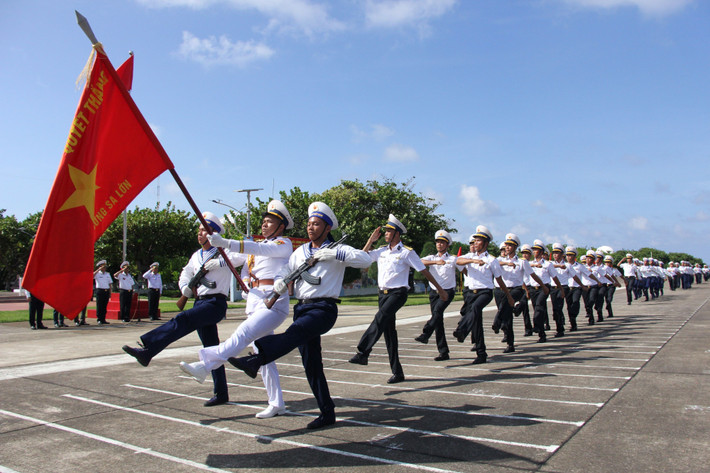
Flag-raising ceremony on Truong Sa Lon Island
At exactly 4:30 a.m. on April 14, after more than an hour of organizing the landing, we opened fire and attacked, quickly destroying and capturing all enemy troops, liberating Song Tu Tay Island, and raising the national flag to the top of the flagpole on the island.
Next, on April 25, our army attacked and captured Son Ca Island. On April 27, we liberated Nam Yet Island. On April 28, we liberated Sinh Ton Island and by 9:00 a.m. on April 29, we liberated Truong Sa Island and An Bang Island, successfully completing the assigned mission within half a month with the greatest efforts. “The offensive and uprising power of the key battlefield together with the great support from the rear made the position and strength of our army and people grow tremendously. The enemy's remote defense line was broken. A vast sea area rich in resources with islands and archipelagos of extremely important strategic positions was under the sovereignty of the Fatherland. Large armies with extensive combat experience were ready to enter the battle to attack the enemy's last lair (excerpt from memoir: General Headquarters in the victorious Spring”).
Mountains, rivers, seas and sky come together
Coming to Truong Sa in the midst of these historic April days, each submerged island and floating island in the middle of the ocean carries within them heroic stories about the soldiers' long journey. There are losses, sacrifices, tears rolling down mixed with pride and emotion when hearing about the lightning campaign to liberate Truong Sa 50 years ago. On each island, there are deep footprints of soldiers through many generations.
Lieutenant Colonel Nguyen Van Khuong, Political Commissar of Song Tu Tay Island, shared that the rapid liberation of Truong Sa archipelago by our army units has many historical meanings, affirming the sacred territorial sovereignty of the fatherland. The army and people of Song Tu Tay Island always remember the great sacrifices and losses of the previous generations in the fight to protect the island. On the occasion of the 50th anniversary of the Liberation of Truong Sa archipelago, we also organized a rally and offered incense to commemorate the heroic martyrs. Propaganda for the officers, soldiers and people on the island about the great struggle of our ancestors, to remind ourselves and engrave the oath of soldiers to Truong Sa. That is "as long as there are people, there will be islands". Even if we have to sacrifice ourselves, we must fulfill our duty to the army, the people and the nation, protecting every inch of land and sea of our ancestors.
Looking back 50 years after the liberation day, Lieutenant Colonel Khuong said that it was the embodiment of an excellent military art, a brave and loyal spirit of the soldiers. Continuing that tradition, the army and people of Song Tu Tay island today are determined to train and successfully carry out all assigned tasks. Not afraid of hardship, ready to sacrifice to firmly protect the sacred sovereignty of the sea and islands of the Fatherland.

Continuing the heroic tradition of their ancestors, today's Truong Sa soldiers still steadfastly cling to the island, firmly protecting every inch of sacred land, sea and sky of the fatherland.
After liberating Song Tu Tay, the army continued to advance to Sinh Ton. Every step of the march was fraught with lurking dangers. The feats of the soldiers that year were deeply engraved in the minds of the soldiers and people on the outpost island. Lieutenant Colonel Hoang Van Cuong, Political Commissar of Sinh Ton Island, was moved: “No matter the circumstances, naval soldiers must overcome difficulties and be determined to firmly protect every inch of land and every stretch of sea that our ancestors left behind. Sinh Ton Island was liberated on April 28, 1975, contributing to the general liberation of the Truong Sa archipelago as well as the general victory of the historic 1975 Spring Campaign, bringing the mountains, rivers, country, sea and sky of the Fatherland together from now on”.
Source: https://daibieunhandan.vn/50-nam-giai-phong-truong-sa-thanh-tri-bat-khuat-giua-bien-dong-post410613.html


![[Photo] Ho Chi Minh City residents "stay up all night" waiting for the April 30th celebration](https://vphoto.vietnam.vn/thumb/1200x675/vietnam/resource/IMAGE/2025/4/30/560e44ae9dad47669cbc4415766deccf)
![[Photo] Ho Chi Minh City: People are willing to stay up all night to watch the parade](https://vphoto.vietnam.vn/thumb/1200x675/vietnam/resource/IMAGE/2025/4/29/cf71fdfd4d814022ac35377a7f34dfd1)
![[Photo] General Secretary attends special art program "Spring of Unification"](https://vphoto.vietnam.vn/thumb/1200x675/vietnam/resource/IMAGE/2025/4/29/e90c8902ae5c4958b79e26b20700a980)

![[Photo] Demonstration aircraft and helicopters flying the Party flag and the national flag took off from Bien Hoa airport](https://vphoto.vietnam.vn/thumb/1200x675/vietnam/resource/IMAGE/2025/4/30/b3b28c18f9a7424f9e2b87b0ad581d05)
![[Photo] Hanoi is brightly decorated to celebrate the 50th anniversary of National Reunification Day](https://vphoto.vietnam.vn/thumb/1200x675/vietnam/resource/IMAGE/2025/4/29/ad75eff9e4e14ac2af4e6636843a6b53)
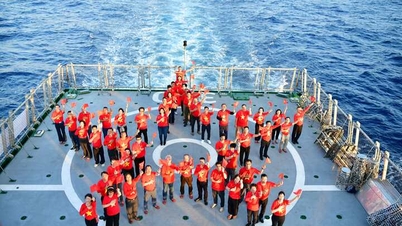







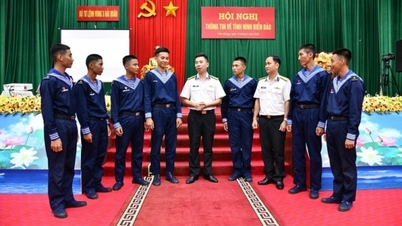


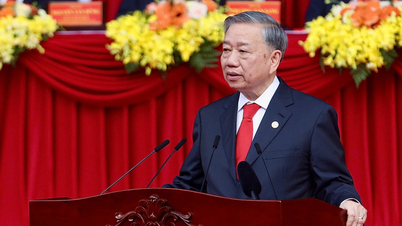











![[Live] 50th Anniversary of Southern Liberation and National Reunification Day](https://vphoto.vietnam.vn/thumb/402x226/vietnam/resource/IMAGE/2025/4/30/92949f143f8b4eb7a6877014328fd34d)

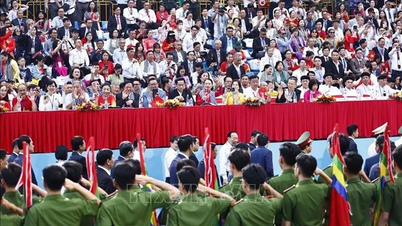









































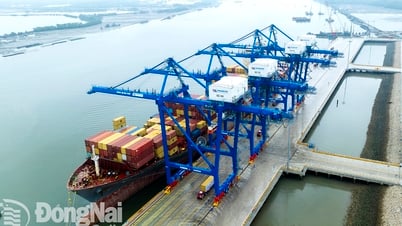




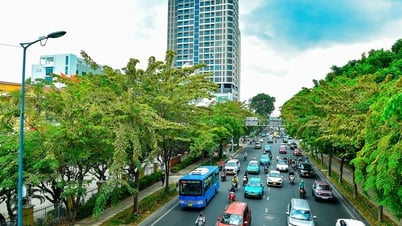

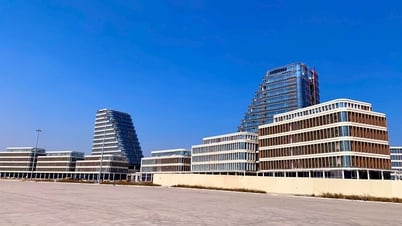











Comment (0)